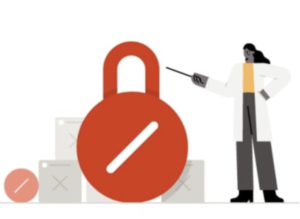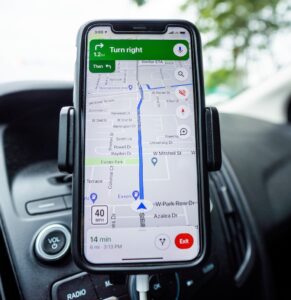Stopping at the magazine rack on my way to the airport terminal is usually a fairly standard procedure. There’s a wall of gloss with headlines shouting “pick me”. “No,” I tell myself “don’t even think of grabbing any of those newsy sheets”-no Newsweek, no WSJ, or any of those. I’m heading on vacation, and now’s the time to disconnect. Then I spotted TIME Magazine’s special edition: Mindfulness.
I’ll admit it was heartening to see popular coverage of mindfulness, but I was worried. You see, I came to find the benefits of mindfulness over the past few years as a way to cope with ADHD. Along my journey, I’ve come to learn much about science and the history. I doubted there would be much I’d learn from this magazine, but I curious how this mainstream magazine would treat the subject. And would they be convincing in spreading this gospel to their masses?
I set the intention from the moment of takeoff- read it as if I was an overly busy dad with commitments and demands on my every waking moment. For the purpose of the experiment I wasn’t me, I was that man. I even gave him a name: Johny Quincy Smith. I took a few minutes to imagine a day in his life, letting the stress sink in from all my buzzing inboxes, overbooked business meetings, a call from juniors principles, and a last minute change of plans because the in-laws are in town.
Then I read. It was a strange sensation; being in the shoes of someone who confronts the fact that “just because your busy and distracted doesn’t mean you have to miss out on life.” “I’m always distracted,” said John’s voice in my thought experiment. “I’m like the woman the article is talking about, whose on her phone at her son’s little league game. That’s me all the time with my kids…what choice do I have?”
I continue reading. I learn some tricks to beat stress, gratitude as a way to deal with anxiety, pro tips on prep for sleep. Good stuff! I learn about neuroscience research and longitudinal studies. Here’s a way to reduce blood pressure and curb the risk of Alzheimer’s.
Then I remember. I’m not me, that twenty-first century professional with a predilection for alternative medicine and the Dalai Lama. I’m that stressed dad, I’m John Quincy Smith. And I’ve heard all this before. I could hear it in my mother’s bullhorn voice, “Take a deep breath and calm down.” And who hasn’t heard this gem: “Be grateful for what you have.”
Is my imagined everyday man being overly cynical? Maybe. But let’s be honest, its hard out there. Maybe some people in certain zip codes have the luxury of taking twenty minutes twice a day, but I can’t help but feel that to John Quincy, and millions like him, there’s like ten-gizzillion things to do!!! And touchy-feely talk of gratitude changing my biochemistry strikes like a load of new age bunk.
But I powered on and turned to the next article. Power A.M. Routines Tested, by Dan Bova. In it, the author tells of how he set out to try daily habits of some uber successful people. So he tried waking with the rising sun like Richard Branson and hit the gym first thing in the morning like Michelle Obama. The experience he describes was a disaster with almost catastrophic results. Turns out Dan was not a morning person; not to mention that intense morning rituals aren’t always compatible with raising a healthy brood of kids. Dan’s takeaway was succinctly put by the two-time Olympian, Jeremy Bloom, “Copying someone else’s routine is not a good idea since what may work for one person may not work for another…You have to understand who you are.”
I’m not sure if John Quincy would have read this far in the issue, but to me there’s a redemptive takeaway.
You see, the fact that Time Magazine is publishing an entire special issue on mindfulness (and getting away with charging $13.99 for it) is a sign of the times. We’ve been seeing blurbs and news flashes on mass media for a few years now. Maybe my little experiment was a need for confirmation. I kind of sensed it somewhere in the back of my head in the airport. It may have had something to do with the cover’s overly airbrushed (and unconvincingly zen) model that reminded me of a Macy’s catalog.
So What? Is this a bad thing?
In my opinion, no; not at all. The fact that people are being exposed to methods and techniques for living a more satisfying life is always a good thing. My only fear is that mindfulness, like the South Beach Diet, will be perceived as a trend that gets people all fanatic and frenzied for a few years until it becomes obsolted by a newer trend. I hope not.






